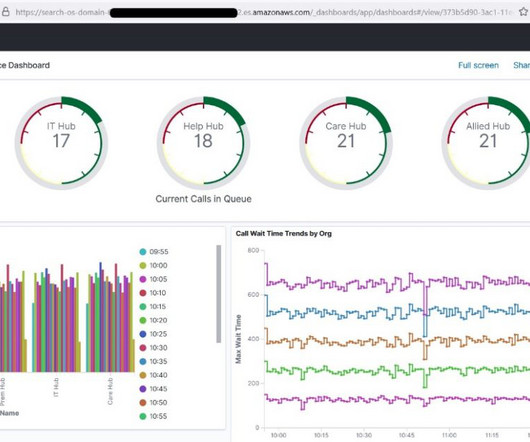A history of tech adaptation for today’s changing business needs
CIO Business Intelligence
JANUARY 17, 2024
“The company has been on a continuous journey to adapt its internal and external processes to new business needs and opportunities since 2001.” The first was becoming one of the first research companies to move its panels and surveys online, reducing costs and increasing the speed and scope of data collection. js and React.js.














Let's personalize your content